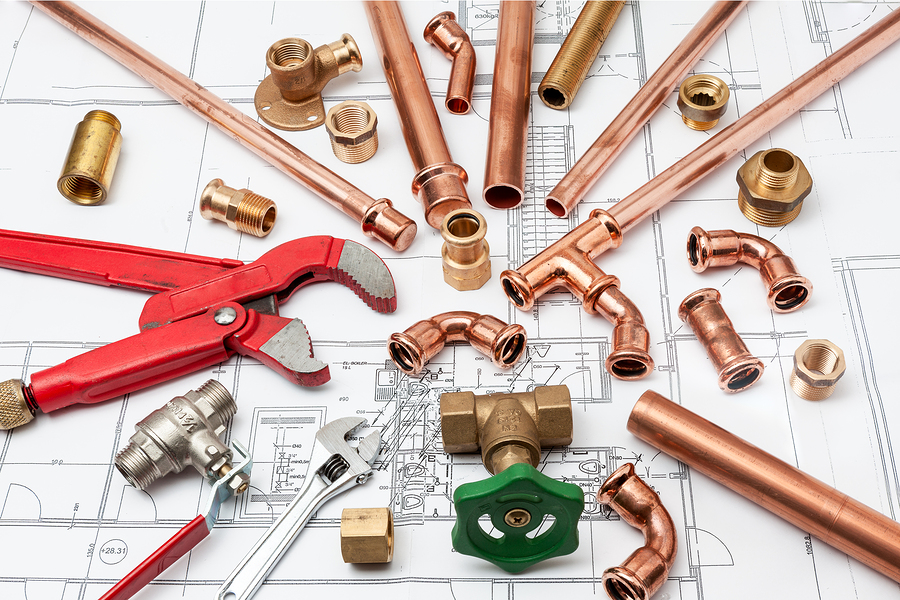Plumbing professionals will tell you there’s a reason for their training – and sometimes tasks that seem simple require far more knowledge and experience than you might think. That said, if you’re the handy type and have the time to do small jobs around the house, there are a few basic plumbing tasks you can do for yourself.
Basic plumbing tool box
Like every job, there are proper tools for doing things right. Whether you’re a natural do-it-yourself type or not, these are good things to have close at hand:
- Sink plunger
- Toilet plunger
- Pliers
- Screwdriver
- Adjustable wrench
- Plumbing tape
Common plumbing tasks
With tools in hand, you can probably take care of these minor plumbing issues:
Fix a leaky faucet
A faucet that constantly leaks can add up to some serious water waste. It may just be an issue with worn out washers or O-rings, which you can easily change yourself.
- Turn off your water supply using the knobs under the sink that control the flow from the main water line.
- Gently pry off the decorative parts of the handle knobs with a flat-head screwdriver.
- Use a wrench to loosen the packing nut, then replace any faulty O–ring and/or washer.
It’s mission critical to have the correct replacement O-ring and washer – so be sure you buy the correct ones for your faucet.
Unclog a drain
It’s better to prevent a clog than to have to fix one, but sometimes you simply have to deal with a clog. For a kitchen sink or bath drain clog:
- Use a flat rim plunger designed specifically for sink drains.
- Form a seal around the drain, then pump until you dislodge the clog.
Resist the use of chemical drain cleaners because they can cause damage to your pipes.
Unclog a toilet
Never a fun job, you need the right kind of plunger to make it at least do-able – that is, you need a bell plunger.
- Position the plunger over the top of the toilet drain.
- Allow the cup to fill with water.
The motion of the plunger creates pressure when you push and suction when you pull, loosening the clog in the pipe.
Extra note: you should not put boiling water down your toilet – a great difference in temperature can damage the toilet and/or the pipes.
Stop a running toilet
That sounds a little funny, but anyone who’s dealt with the constant sound and waste of a running toilet knows it’s no joke. It usually indicates a problem with a stop valve or floater switch. To check:
- Lift the tank cover and first make sure that the chain going from the flapper cap to the handle is the right length.
- If it’s too long, the handle won’t lift the cap enough – you can fix it by hooking into another link of the chain to shorten it.
Change a showerhead
This is a relatively easy task – and upgrading to a low flow showerhead can reduce your water consumption by 20-30 percent each month.
- Take your wrench and open it enough to grip the notch of the old showerhead.
- Turn it counter-clockwise a few times to loosen it.
- Once loosened, finish unscrewing it with your hands.
- After you remove it, clear away debris and wipe off any residue.
- Next, wrap the threads of the pipe with some plumbers (Teflon) tape to provide a good seal.
- Install the new showerhead by hand-tightening in a clockwise direction.
It’s good to know you can do some plumbing basics yourself. However, if something goes awry at any point, or you’re unsure about how to proceed, it’s always best to play it safe and call a professional plumber.

